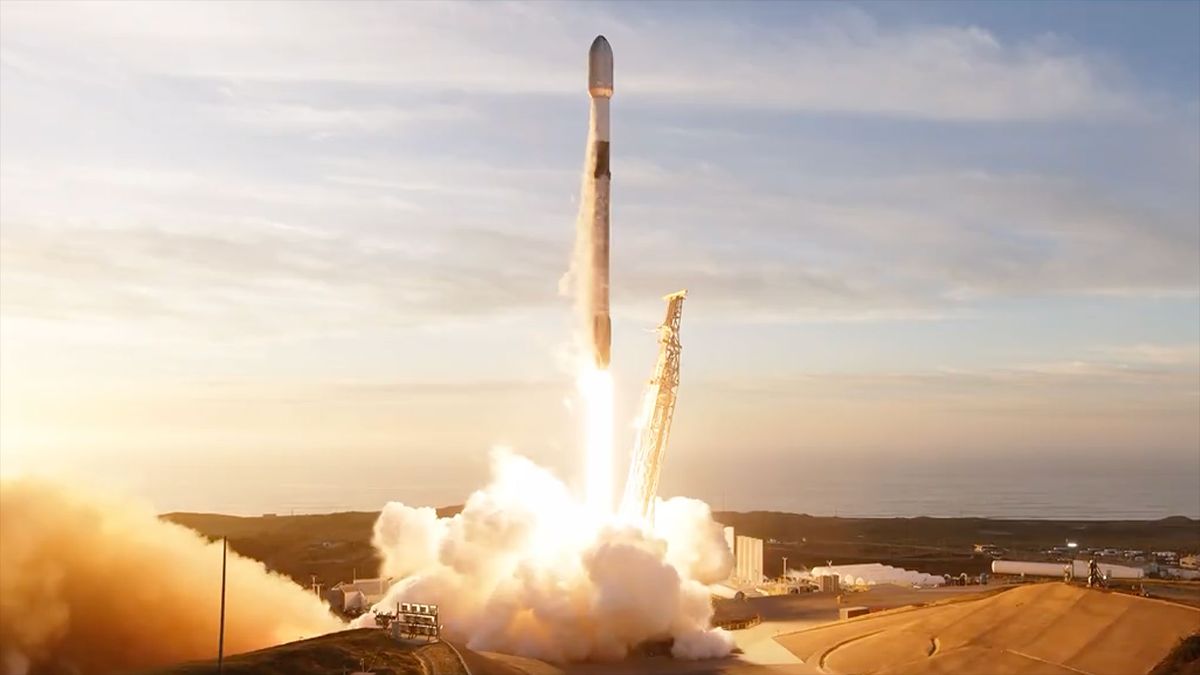An office building from the 1930s in the heart of London was about to be demolished and redeveloped by its owners — until archaeologists unearthed remnants of the city’s first Roman basilica in the basement.
Built around 80 AD, a few decades after the Romans invaded Britain, the ancient basilica was part of a wider forum and served as a town hall for Londinium, the city's ancient Roman name.
There, magistrates and officials presided over major political, judicial, and commercial decisions, according to Andrew Henderson-Schwartz from the Museum of London Archaeology (MOLA), which led the excavation.
“There could be political discussions happening. It could have been business transactions and big business deals,” Henderson-Schwartz told NBC News.
“Essentially, it’s like shooting forward 2,000 years in time and finding the speaker chair to the House of Commons,” he said.
The discovery, which was made at 85 Gracechurch Street next to Leadenhall Market, is one of the most substantial pieces of Roman architecture in Britain.
An artist's impression of the Roman forum and basilica on the site of present-day London.
“It really is the heart of Roman London, where the big decisions that were made impacted the rest of London and also the wider Roman world in Britain,” Henderson-Schwartz added.
Hannah Platts, a lecturer in ancient history and material culture at the University of London, said that the basilica's discovery was “hugely significant” because it also revealed how the province of Britannia was integrated into the broader Roman Empire.
“What the discovery demonstrates is that the Romans were quick to instill in Britannia similar methods of governing that they used elsewhere in the Roman world,” she said.
Archeologists and historians had long suspected the approximate location of the 2,000-year-old building through earlier investigations. But the full extent of what was hidden beneath the concrete floor was only uncovered when the building’s owners, Hertshten Properties, approached MOLA to launch a new investigation.
Excavations reveal an original Roman wall at the site of an office development in central London.
“We knew that this was potentially the site of the first Roman Basilica, but what we didn’t know was how well these remains had survived,” said Henderson-Schwartz.
From there, the team undertook several small test pits, or open areas of excavation, to see what was hidden beneath the concrete floor. What they found were large sections of the Roman basilica still intact — walls 32 feet long and 13 feet deep made of flint and limestone transported from Kent.
Among other artifacts, archaeologists uncovered bits of Roman pottery, brick, and tiles, including one roof tile with the name ‘London’ stamped into it and fingerprints of the Roman tile maker.
“You can literally put your fingers in their finger marks on the tile, so it’s really a tangible connection to the early origins of the city,” Henderson-Schwartz added.
An artist's impression of an early third century Roman basilica.
The team will now work with the architectural firm Wood Bagot to fully excavate the Roman remains and incorporate them into the new office building plans before being opened to the public.
Helen Hawkins, an archaeology adviser at Historic England, which set the planning conditions for the new development, said the site would “make a really great exhibition” as part of an initiative by the City of London Corporation.
“It's part of a new plan to celebrate these amazing discoveries and put them on public display,” she said.
Once opened, visitors can expect to have an immersive experience from the basement of the building.
“They will really experience what it was like to stand on the stage of Roman London,” Henderson-Schwartz added.
This article was originally published on NBCNews.com
.png)
 German (DE)
German (DE)  English (US)
English (US)  Spanish (ES)
Spanish (ES)  French (FR)
French (FR)  Hindi (IN)
Hindi (IN)  Italian (IT)
Italian (IT)  Russian (RU)
Russian (RU) 











Comments